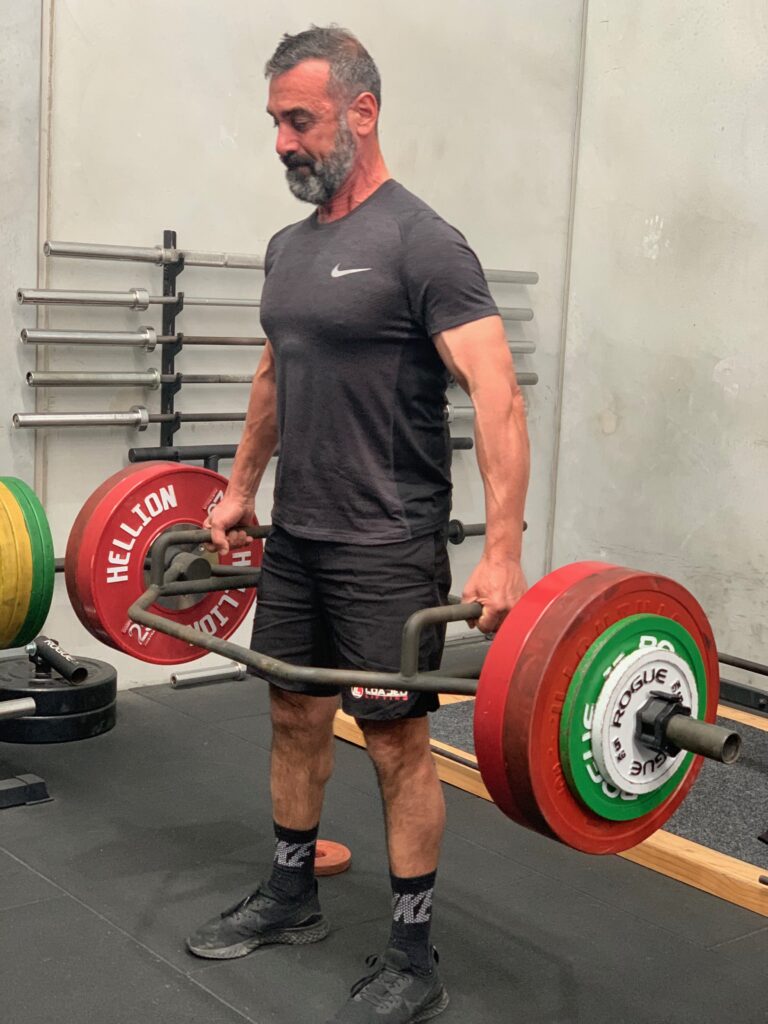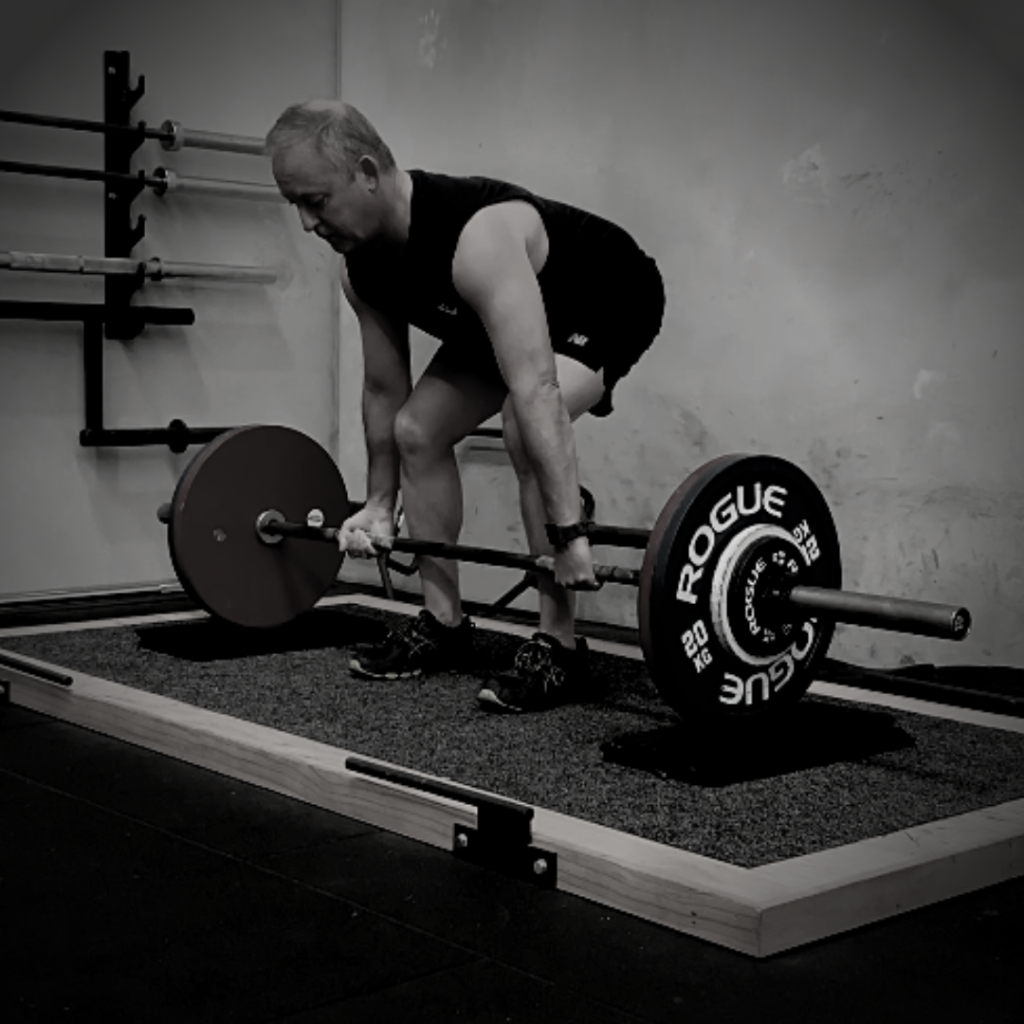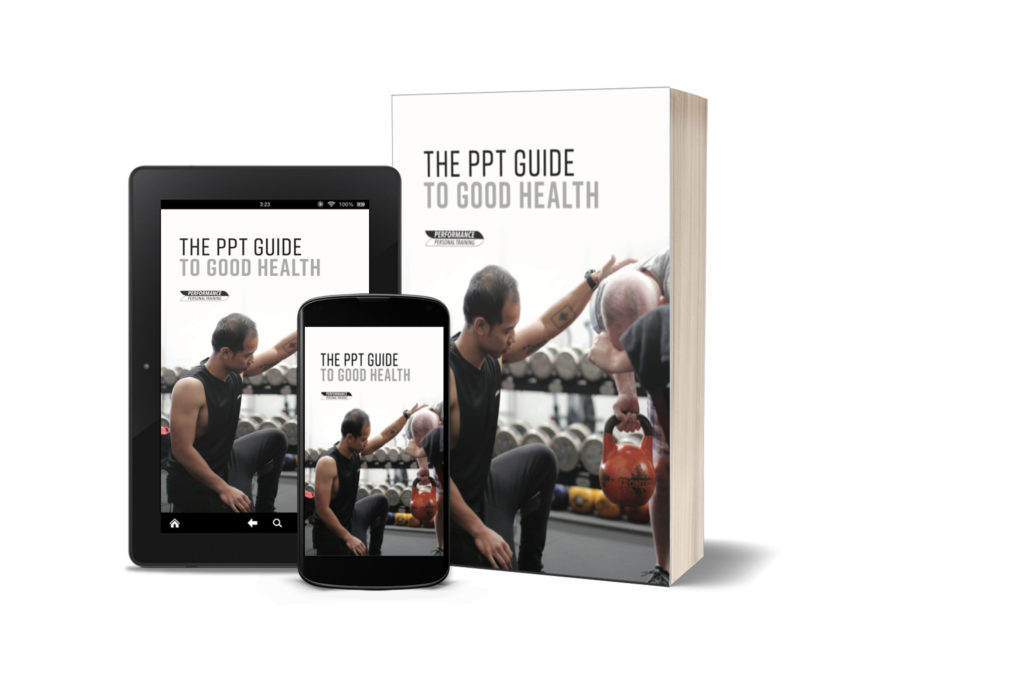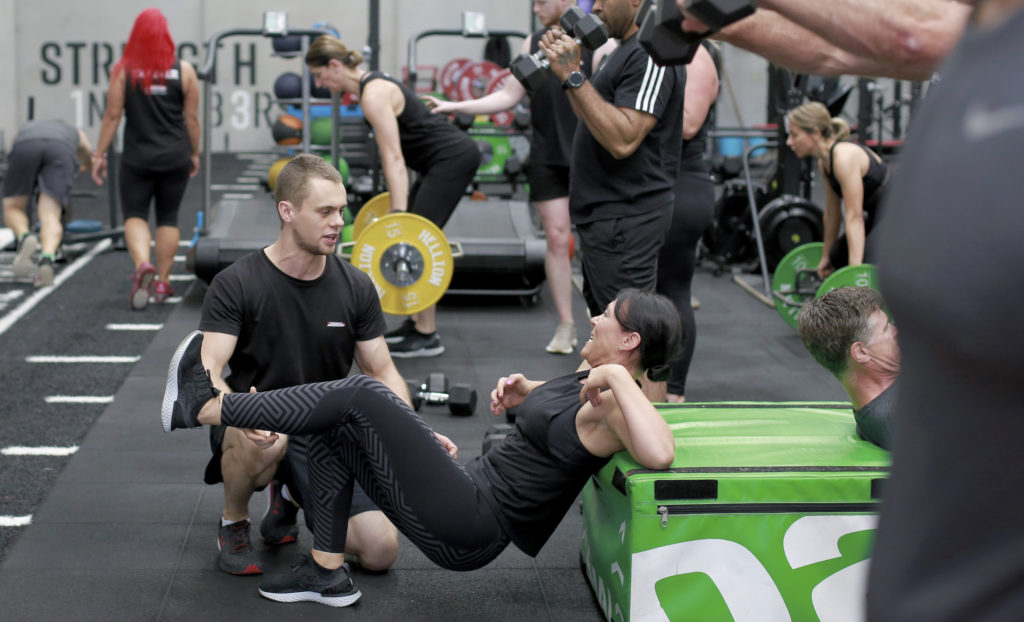5 TIPS TO MANAGE OR PREVENT SHIN PAIN
One change I cannot help but notice when the gyms get locked down is the increased number of people walking and running out in the streets and local parks.
It is fabulous to see so many people enjoying outdoor, active leisure time; but I find myself wondering how many have only just recently found their love of walking and running, what kind of gradual progression they applied to this new activity if any, and what are the effects on their body; both positive and negative?
I know myself when I have only participated in running programs seasonally, along with the benefits of increased endorphins, energy, and endurance; occasionally if I have not tapered in correctly, the muscles in the front of my shin begin to hurt.

This muscle is called the Tibialis Anterior and when pain strikes with every heel strike, it is a huge bummer and can make walking and running suddenly very unpleasant.
Having experienced this myself, I would like to share some strategies to manage and even to prevent shin pain with walking and running.

The first thing you must decipher is if the pain is simply caused by an overworked muscle or if you may have compartment syndrome. If you experience burning, numbness, tingling, pressure, and weakness in the affected limb. See your GP or Physiotherapist for more advice.
Once you have concluded that your pain is just a tired Tib. Anterior muscle, consider taking the five following actions:
- Rest: Try taking a few days (or as long as it takes) where you are not walking long distances, running, or jumping. If you must do some cardio training stick to low impact options such as bike riding, and elliptical or swimming; just until your muscles are recovered and pain free. Icing the site of inflammation will help at this point too.
- Ease back in: When you start up again, make sure it is a gradually progression of time spent walking / running and a progression for how many days you do this activity.
- Shoe choice: Ensure you have a shoe that is right for your foot and walking gait. The wrong shoe will change the way you walk and might cause the Tibialis Anterior muscle to do extra work that it is not used to. Worn out, old shoes should be replaced. If you are unsure about what footwear to choose, you could consult with a podiatrist.
- Surface: Long distance walking and running on concrete can be stressful for your body. Choose a rubber or grassed surface instead where possible.
- Strengthen and Stretch: Consider including some strength exercises for your Tibialis Anterior in your exercise program and stretch out your calf and hamstring muscles.
NEED HELP STRENGTHENING? HERE ARE A FEW SUGGESTIONS
OR USE A BAND
Add these into your training, aim for 20 reps with good control x 2 sets. Or if your after something more tailored and specific to help you reach a new or existing running goal, we’re here to help. Contact us and book yourself a consultation with one of our team today.






